The rise of AI-powered tools like ChatGPT has revolutionized academic research, particularly in the labor-intensive process of literature review. While these systems can rapidly synthesize vast amounts of information, a growing concern emerges about their tendency to generate plausible-sounding but factually incorrect references – a phenomenon researchers call "AI hallucinations." This issue poses unique challenges for scholars who increasingly rely on large language models (LLMs) to navigate the ever-expanding ocean of scientific publications.
Academic circles have witnessed several high-profile cases where AI-generated literature reviews contained fabricated citations. Unlike human errors that typically involve misattributions or incorrect details, AI hallucinations often invent entire papers complete with realistic-sounding titles, credible journal names, and even fabricated author lists. These phantom references appear particularly convincing because they follow standard academic formatting and use appropriate disciplinary jargon. The danger lies not just in the false citations themselves, but in how seamlessly they blend with legitimate sources in AI-generated texts.
The psychology behind why researchers fall for these AI hallucinations reveals a perfect storm of cognitive biases. The authority heuristic makes us trust system outputs that sound professional. Confirmation bias leads us to accept sources that align with our expectations. Moreover, the sheer volume effect – being presented with dozens of apparently relevant citations – creates an illusion of comprehensive scholarship. When pressed for time, even experienced academics might skip verifying every reference in a seemingly well-structured literature review.
What makes this problem particularly insidious is that current AI systems don't actually understand the concept of truth or falsehood in scholarly work. They operate on pattern recognition and statistical probabilities, not factual verification. When generating literature reviews, the models essentially predict what a good citation should look like based on their training data, without any capability to check the existence of these references in the real world. This becomes especially problematic when working with niche topics where fewer genuine sources exist – the AI compensates by inventing plausible alternatives.
The consequences extend beyond individual researchers to the broader academic ecosystem. If AI-generated literature reviews with fabricated citations enter the scholarly record through papers, grant applications, or meta-analyses, they could distort the foundation of future research. These phantom references might be cited by subsequent works, creating a cascade of misinformation. The problem compounds when considering that many early-career researchers now learn literature review techniques in an environment where AI use is ubiquitous but not always transparent.
Several studies have attempted to quantify the hallucination problem in academic contexts. One investigation found that when asked to generate literature reviews on specific topics, leading AI systems produced fake citations between 15-30% of the time. The fabrication rate increased when dealing with less-documented subject areas or when the prompt requested very recent publications that might not yet exist. Alarmingly, the same studies noted that these hallucinations became harder to detect as the AI models grew more sophisticated in their outputs.
Detecting AI-generated citations requires a multi-pronged approach that combines technological solutions with scholarly diligence. Some researchers suggest developing specialized plugins that automatically verify references against academic databases. Others propose that literature reviews generated with AI assistance should undergo more rigorous verification protocols, perhaps involving manual checks of a significant percentage of citations. The academic community might need to establish new norms around disclosing AI use in research processes, particularly for foundational tasks like literature review.
The ethical dimensions of this problem raise difficult questions about responsibility in academic work. If a researcher incorporates AI-generated content containing false citations, who bears responsibility – the scholar who failed to verify, the institution that provided access to the AI tool, or the developers who created a system capable of such fabrications? Different disciplines are grappling with these questions in various ways, with some fields implementing strict disclosure requirements while others take a more laissez-faire approach.
Some argue that the solution lies not in rejecting AI tools altogether, but in developing more sophisticated systems specifically designed for academic work. These might include AI that refuses to generate citations it cannot verify, or systems that flag uncertain references for human review. The next generation of academic AI tools might incorporate live database checking or maintain blacklists of known hallucinated references that tend to recur across outputs. Such developments would require close collaboration between AI developers, academic publishers, and research institutions.
The phenomenon of citation hallucinations also highlights deeper issues in how we train researchers for the digital age. Traditional research methods courses often don't adequately cover how to critically evaluate or properly use AI assistance in literature review. There's growing recognition that digital literacy for scholars must expand to include understanding AI capabilities and limitations. Some universities have begun offering workshops on "AI-aware research methods," teaching students how to harness these tools while maintaining academic integrity.
As the technology continues to evolve, the academic community faces a pressing need to establish standards and best practices for AI-assisted literature review. This includes developing shared terminology to describe different levels of AI involvement, from simple search assistance to full draft generation. Peer review processes may need adaptation to better detect and address potential AI hallucinations in submitted works. Funding agencies and journals are beginning to issue guidelines, but the rapid pace of AI development often outstrips policy formulation.
The long-term solution may lie in reimagining the literature review process itself in the age of AI. Rather than viewing AI as a replacement for human synthesis, the most productive approach might involve treating it as a sophisticated search and organizational tool that still requires human oversight. Some researchers propose models where AI handles initial information gathering and structure, while humans focus on critical analysis, verification, and the nuanced interpretation that machines cannot provide. This balanced approach could harness AI's efficiency while preserving the intellectual rigor that defines quality scholarship.
Ultimately, the challenge of AI hallucinations in literature reviews reflects broader tensions between technological convenience and academic rigor. As with many powerful tools, the solution isn't to prohibit AI use in research, but to develop the awareness, skills, and systems needed to use it responsibly. The academic community's response to this challenge will shape not just how literature reviews are conducted, but how we maintain the integrity of scholarly knowledge in an increasingly AI-mediated world.
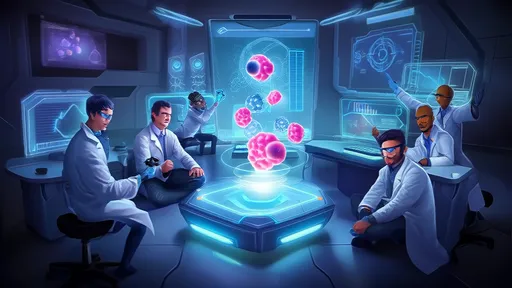
By /Jul 2, 2025
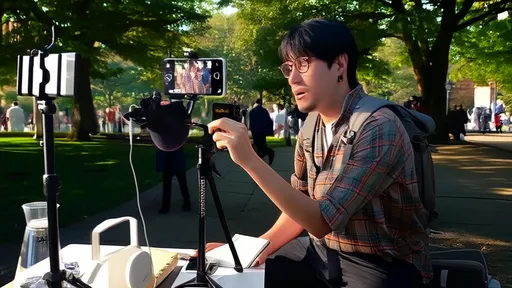
By /Jul 2, 2025

By /Jul 2, 2025
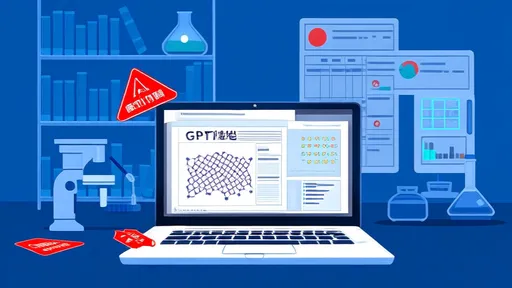
By /Jul 2, 2025
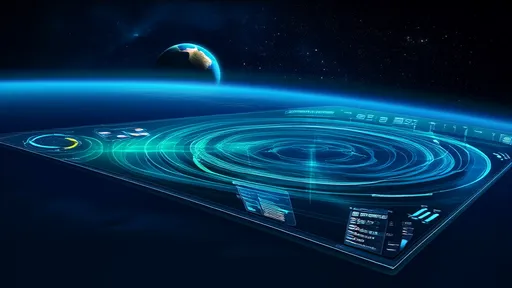
By /Jul 2, 2025

By /Jul 2, 2025

By /Jul 2, 2025
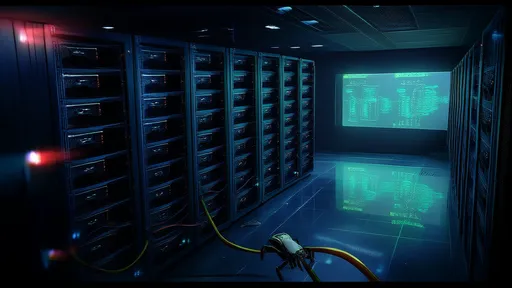
By /Jul 2, 2025
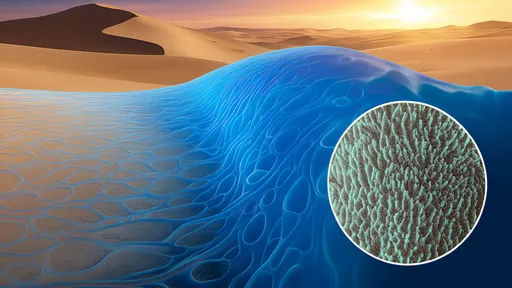
By /Jul 2, 2025
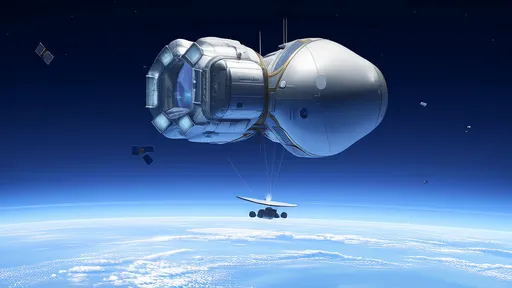
By /Jul 2, 2025
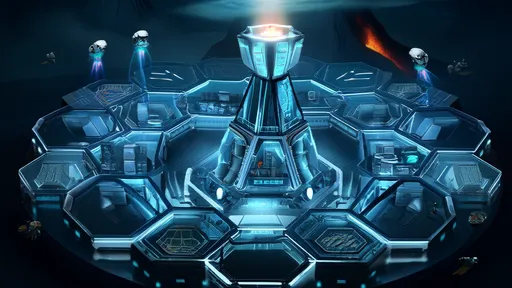
By /Jul 2, 2025

By /Jul 2, 2025
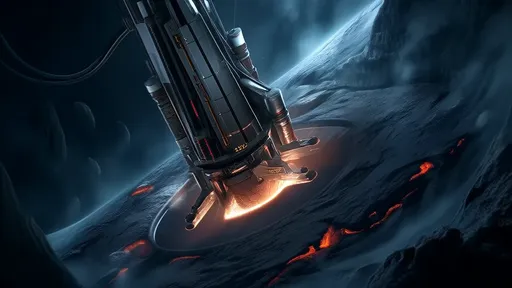
By /Jul 2, 2025
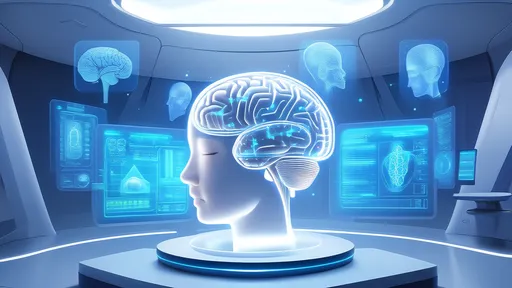
By /Jul 2, 2025

By /Jul 2, 2025

By /Jul 2, 2025

By /Jul 2, 2025

By /Jul 2, 2025
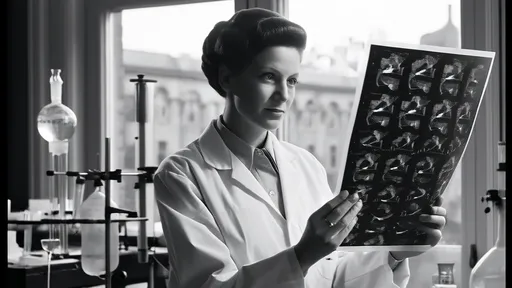
By /Jul 2, 2025

By /Jul 2, 2025